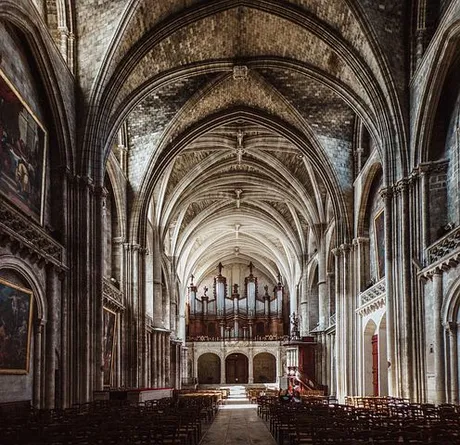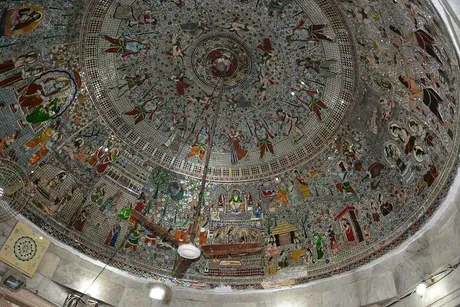Building design and its pillars have undergone many changes through the centuries and eras. The five main pillars of building design are the foundation, infrastructure, external form, interior arrangement, and attention to details. These pillars are essential in not only creating a safe and comfortable environment but also an aesthetically pleasing environment that can encourage people to work together more effectively. When taken into consideration, these pillars can help create a workplace where employees are motivated to go above and beyond to help meet the company’s goal.
 [Source](https://pixabay.com/photos/architecture-building-infrastructure-2564222/)
[Source](https://pixabay.com/photos/architecture-building-infrastructure-2564222/)
The men and women who built buildings hundreds of years ago did so for several reasons: to provide shelter, to serve as monuments, or to bring joy and beauty into people’s lives. Few buildings today are created with only those purposes in mind. Buildings may still need to protect their occupants from storms and make them feel safe, but they also have to be functional—and beautiful—enough that people want to go inside. In addition, they need to last as long as possible while being cost-effective.
 [Source](https://pixabay.com/photos/church-altar-christian-architecture-1515419/)
[Source](https://pixabay.com/photos/church-altar-christian-architecture-1515419/)
In recent years, new technologies have allowed architects to create buildings that were once considered impossible, or at least impractical. With 3D printing becoming more advanced and commonly used in prototyping, we’re going to see a lot more buildings with unusual shapes and designs. We’ll also be able to experiment with new materials in ways that were only previously available in sci-fi movies like The Fifth Element.
 [Source](https://pixabay.com/photos/church-pilgrimage-church-179497/)
[Source](https://pixabay.com/photos/church-pilgrimage-church-179497/)
Just as art reflects its era, architecture also tells a story. And every style has at least one thing in common: Every style was influenced by what came before it. Understanding how and why a building was designed can lend insights into its architectural style and even help you predict future trends. If you’re looking to build your own home or renovate an existing structure, gaining knowledge about different styles will better prepare you for working with architects and contractors, as well as enhance your enjoyment of your finished project.
 [Source](https://pixabay.com/photos/bordeaux-france-building-street-3876991/)
[Source](https://pixabay.com/photos/bordeaux-france-building-street-3876991/)
Modern structures aren’t just built with wood and steel; they include composite materials such as concrete, plastic and rubber. Concrete is a popular building material because it’s sturdy, water-resistant and fireproof. While most people know that there are three types of concrete—Portland cement, lightweight cement and reinforced—not many realize that there are hundreds of ways to produce each type.
 [Source](https://pixabay.com/photos/building-mall-architecture-4758347/)
[Source](https://pixabay.com/photos/building-mall-architecture-4758347/)
Pillars are an important part of building design, as they provide support for large structures. The earliest examples of pillars go back to ancient civilizations, where their main purpose was to support roofs. As buildings became taller, builders needed to find new ways to hold up ceilings and walls—hence, it was necessary to add columns or pillars between beams. Pillars became particularly essential in Greek architecture during and after its Golden Age, when architects like Socrates and Hippodamus began using them as major elements in building design.
 [Source](https://pixabay.com/photos/new-home-construction-retro-design-1572668/)
[Source](https://pixabay.com/photos/new-home-construction-retro-design-1572668/)
The immense beauty found in architecture around the world is not to be overlooked. When it comes to buildings, no two are exactly alike. Each has its own story to tell and holds a unique meaning. Architects have used different techniques, design principles, and materials over time. Today’s building design is innovative and diverse, utilizing every shape and size for a variety of purposes across several industries. From hotels to churches to skyscrapers—architecture unites us all under one roof.
Thank you for stopping by
Return from The Beauty of Buildings Design!! to Rai Mohammad Azam's Web3 Blog


